Hiring a productive and happy team for your nonprofit may be the most important factor of success. Good hiring means not only hiring the right person, but hiring at the right time, for the right reasons, and using the right methods.
Here is our advice on how to find and hire the best people for your organization, from planning the process to extending an offer.
Determine Your Hiring Needs
Most organizations start hiring for new positions when they sense a lack—a missing piece that is holding them back from the growth they desire. If your instincts tell you something is wrong, then you’re probably right. However, you shouldn’t hire new employees based on instincts alone. The problem may not be what it initially appears, and you may end up with a team of grant writers when what you needed was an intern. This is why it’s important to conduct a thorough assessment of your organizational workflow to understand what areas are truly underdeveloped and could be remedied with a new hire. Be honest with yourself about your team: what are your strengths, and what are your weaknesses?
Sometimes, it’s not that a whole new position needs to be created, but rather that certain already-existing positions need to be reconfigured. There is likely dormant talent within your team that hasn’t yet been recognized and deployed effectively. You may be able to meet your need by a simple promotion, or by adjusting a team member’s responsibilities. This will not only save you time and money, but will demonstrate that your organization rewards talented employees.
Don’t Hire Too Big Too Quickly
If your organization is just starting out and you’ve recognized that you need to expand your fundraising efforts, you may be tempted to start looking for a development director. However, this may not be the smartest route. A senior position like development director requires a relatively high salary level that a young nonprofit is likely unable to afford. You don’t want to go through a lengthy and costly hiring process only to have your offer turned down because the salary is too small. Or, if you decide to give them a salary beyond your means, you may be devoting your finances to recoup that loss for years.
A better strategy for a burgeoning organization is to hire from the bottom up. Start with smaller hires doing the most essential tasks. Is it really a development director that you need, or would hiring someone to do simple data entry streamline your donor sourcing? Breaking down each step of your process and identifying weak links will help you understand exactly what tasks you’re hiring for, and how you can allocate limited resources most effectively. Eventually, you will probably want to hire a development director. But the trick is knowing when it’s truly necessary.
Make a Hiring Schedule
Expanding your team is crucial for future growth, but keep in mind that the hiring process will take time away from other priorities. It’s important to make and maintain a detailed plan to make sure the process runs smoothly and efficiently. What is your timeline? How much will it cost to devote time to hiring?
Also, think about the makeup of your hiring team. Who will be responsible for which tasks? How many interviews will there be, and who will give them? Who will communicate with candidates, who will handle negotiations, and who will make the final decision?
Craft the Perfect Job Description
The most important thing a job description should do is help job-seekers determine unambiguously if the job fits their abilities, qualifications, and needs. Aim for simplicity and clarity. Many job posts are overly particular about required qualifications—if you say you’re looking for three to five years of nonprofit experience, that may unnecessarily weed out capable applicants with only two years’ experience. To avoid turning away good candidates, pare down the necessary qualifications to the bare essentials. And clearly distinguish between must-have skills and cherry-on-top experience.
The same goes for responsibilities. Try to give no more than three or four duties for one job. If you start piling them up, you will come off as disorganized, and it will be much harder to assess performance down the line. Employees with too many tasks tend to be overworked, over-committed, and unfocused. It’s better to spread out responsibilities to a team than expect one person to do everything.
It is considered good practice nowadays to list the salary range with the job, to ensure a free and transparent job market. Especially if you’re just starting out, however, you may not have very much to offer. Consider balancing it out with additional job benefits, like extra vacation, good health insurance, daycare, and the ability to work from home.
But the job post should not just be informative. It should excite job-seekers about your organization. After all, most people working in the nonprofit world do so because of their passion for service and change. This is a chance to convey your enthusiasm about your mission and how your team is energized to achieve its goals.
Promote and Recruit Widely
The first place you’ll want to go to share your job posting is nonprofit job boards like Idealist, Koya Leadership Partners, and Bridgespan.
In addition, you should try to proactively recruit for the position as well. Tap your professional networks and have other managers tap theirs. Many hires are made this way, without a job listing ever going public. You can also use sites like LinkedIn and Foundation List to find qualified talent.
Consider using established recruitment or hiring services to aid in your search. They can connect you with an already-assembled pool of job candidates, and many of them offer nonprofit discounts to charitable organizations.
Screen Candidates, but Keep an Open Mind
As the applications come in, make two piles: one for candidates with the must-have qualifications, and one for those with the must-haves as well as the cherries-on-top.
Nonprofit hiring is a little different from the private sector, in that you’re looking as much at someone’s passion as you are their qualifications. If a candidate is fresh on the market but comes with years of volunteer work in your field, that’s a good sign!
That being said, don’t simply rule out people coming in from the private sector without any experience related to your cause. Passion for one’s responsibilities can be as important as passion for the mission.
Conduct an Effective Interview
This is the real meat of hiring. Interviews do a lot at once: you can see how their personality fits with your team, how they think on their feet, and what they’re looking for in this job. As well, you get a chance to sell your organization to your candidates, to show them why they should work with you.
Hiring teams often do a series of interviews. They might start with a phone call, then progress to an in-person conversation, before finishing with a presentation by the candidate. The exact format and progression of these interviews are determined by your specific needs. You may want to have a panel interview with multiple team members assessing different aspects of the candidate, or you may want to limit it to one solo meeting.
To save time for you and the candidate, there should be no more than three steps to any hiring process once the initial candidates have been contacted. On this note, you should communicate with each candidate every step of the way—they should know exactly what to expect, and when. If you’re not sure how much communication is needed, put yourself in their shoes. Would you be excited about a place that left you in the dark for weeks and then sprang an interview date on you at the last minute?
During the interview, ask open-ended questions that give the candidate space to show you who they are and how they work. Ask them to share stories of their successes, and how they managed struggles and conflicts. Do you feel that they share your organization’s values? Will they fit in over the long term? Despite your many questions, the interview should not feel like an interrogation. Be warm, and make the candidates feel comfortable.
You may also want to test the specific skills of the candidate. The exact nature of the test will depend on the position. If they will be giving presentations to donors, have them prepare a presentation for you. If they will be writing grant proposals, give them a writing or editing test. If they’ll be doing data analysis, give them some numbers to crunch.
Remember: while you’re figuring out if the candidate is a good match, they’ll be doing the same for you. The interview is the best chance to get them excited about the prospect of working for your nonprofit. Be enthusiastic, respectful, and professional.
But most of all, be efficient. The shorter turnaround time between application submissions, interviewing, and closing, the better. It shows that you’re organized and don’t want to waste anyone’s time.
End the Hiring Process Professionally
Once you’ve talked over the choices and made your final decision, extend your offer to your chosen candidate. You will probably want to contact them over the phone, but also write up an agreement specifying the salary and benefits you agreed upon during negotiations, as well as other benefits and details like review cycles.
After the candidate agrees, communicate with the other candidates and thank them for their time. You want them to leave the process and still be interested in working for you in the future.
Before the new hire starts, help them feel like a team member. Introduce them to the people they’ll be working with, and send them materials to educate them further about your organization. You may even consider designating a mentor to help with on-boarding.
Knowing you’ve hired the right person for the job can be an exhilarating relief. As long as you’ve done the proper preparation and followed good protocol, you can rest assured knowing the new addition to your organization will help you flourish!
.svg)


.svg)
.svg)
.svg)

.avif)
























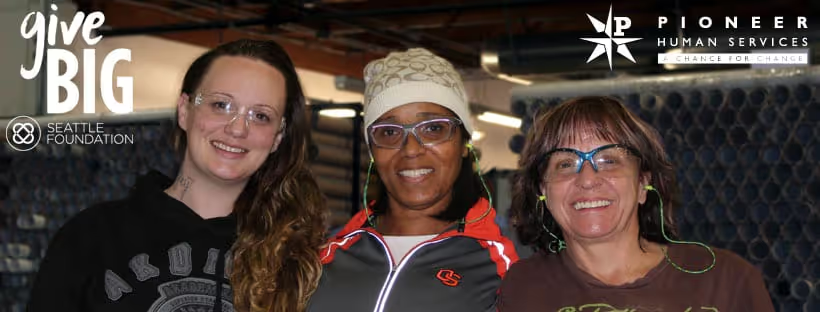
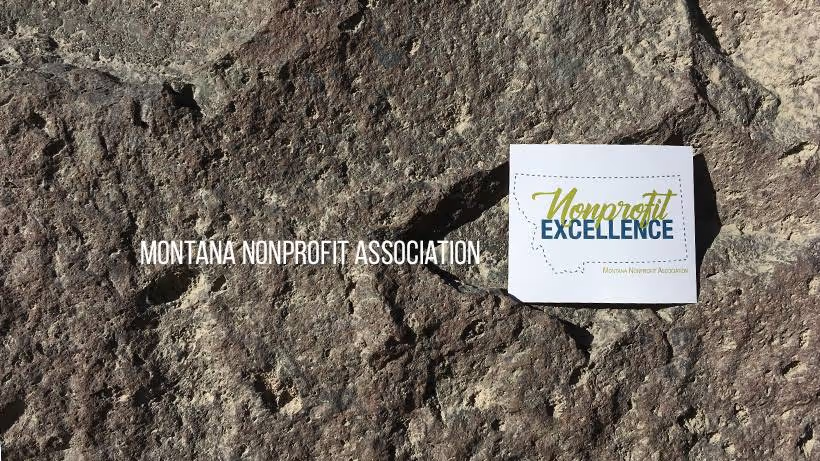








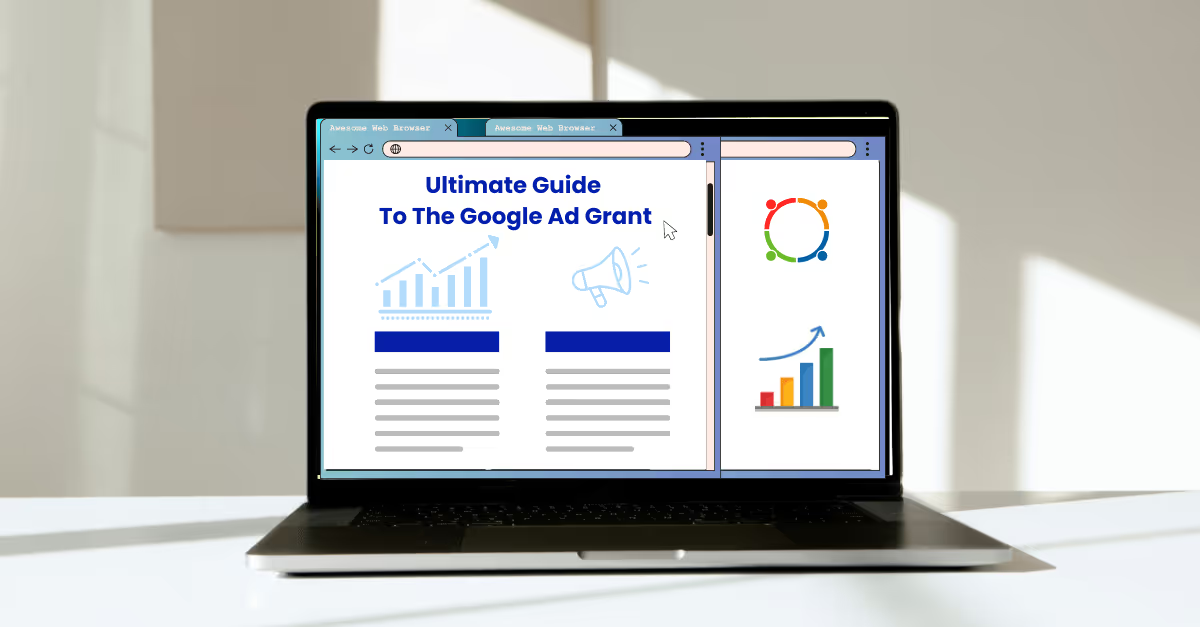
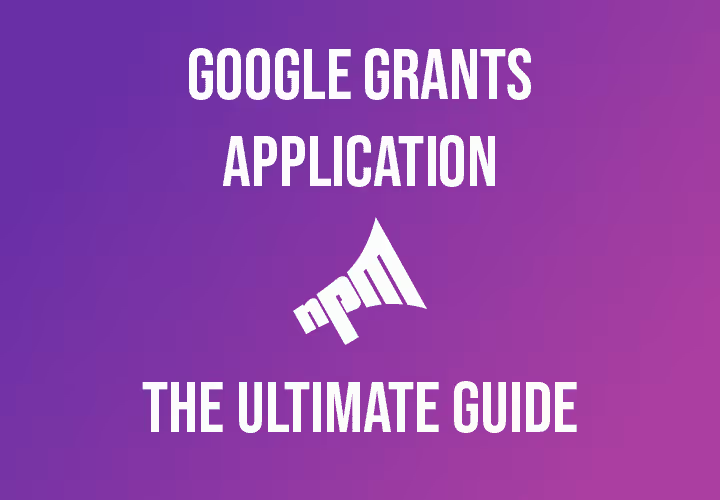






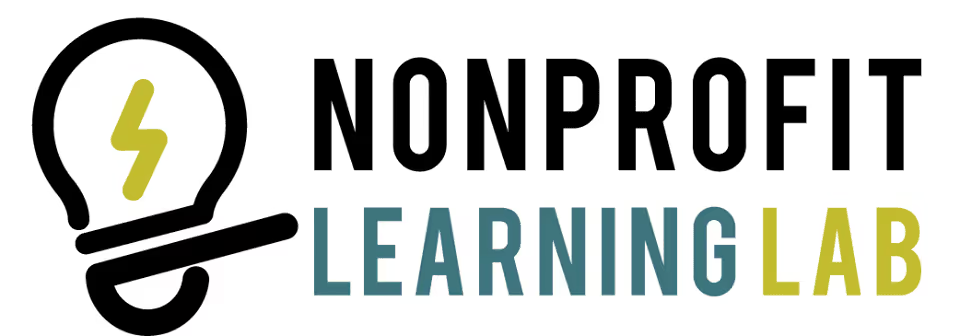




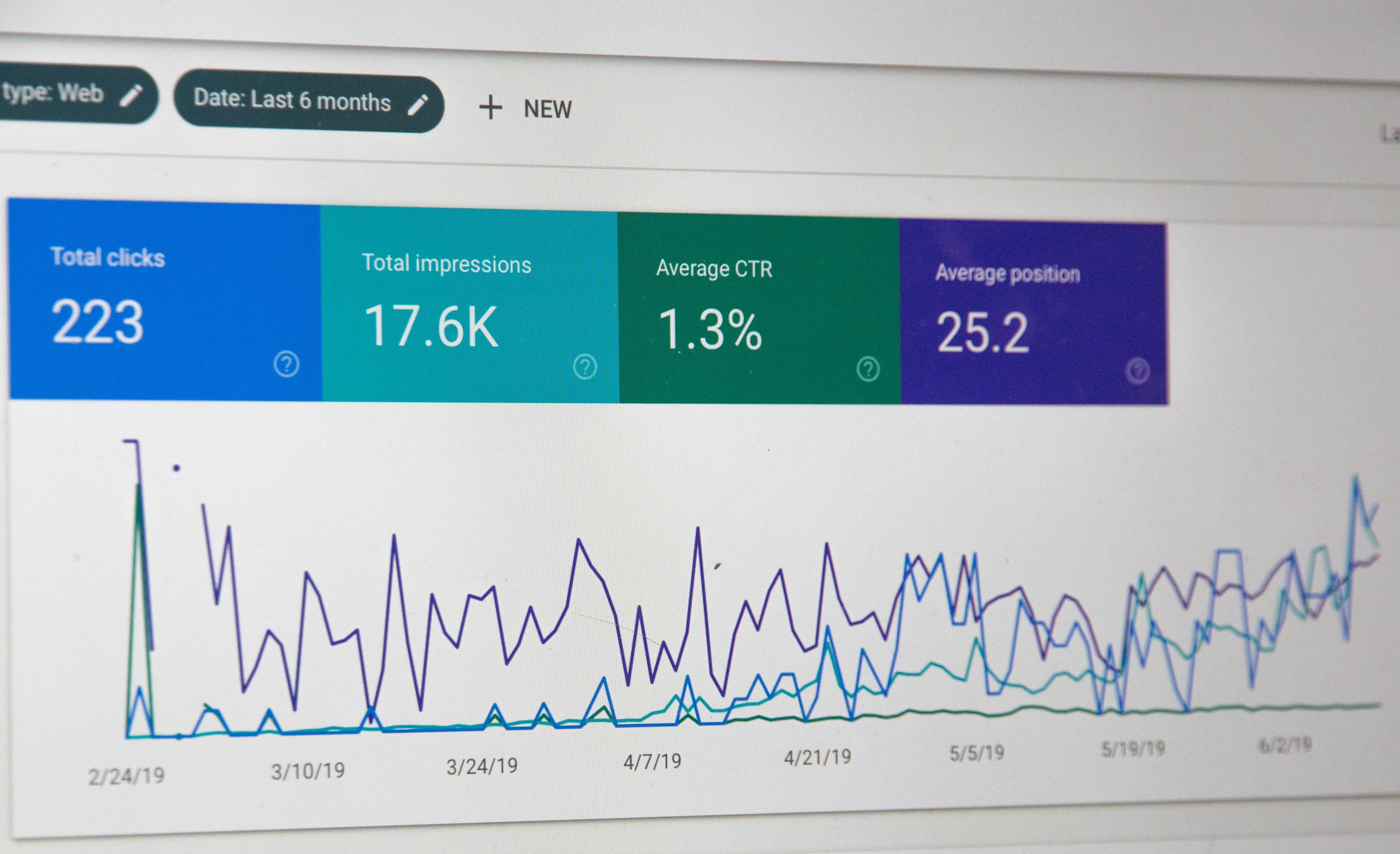








































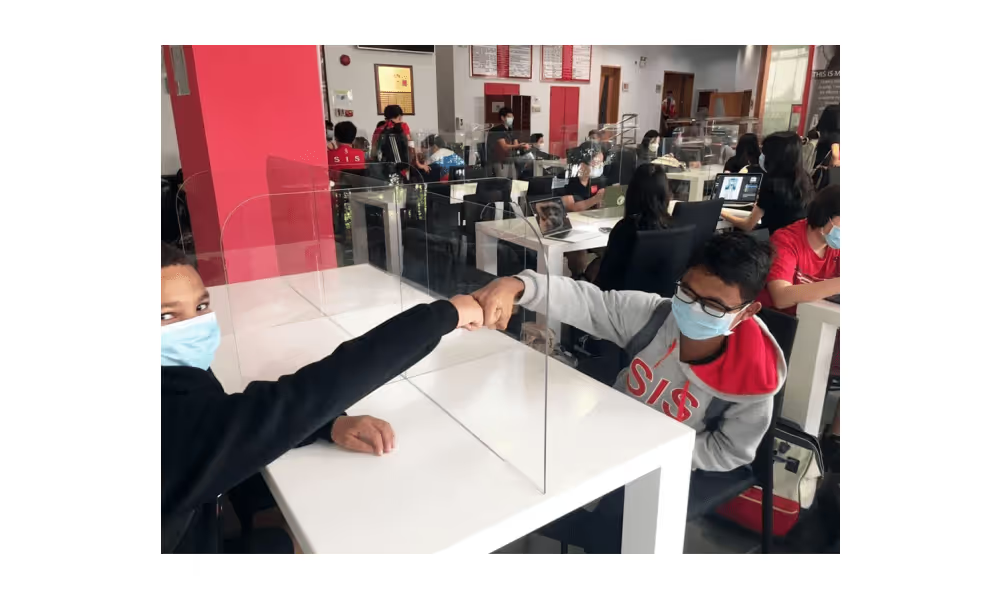








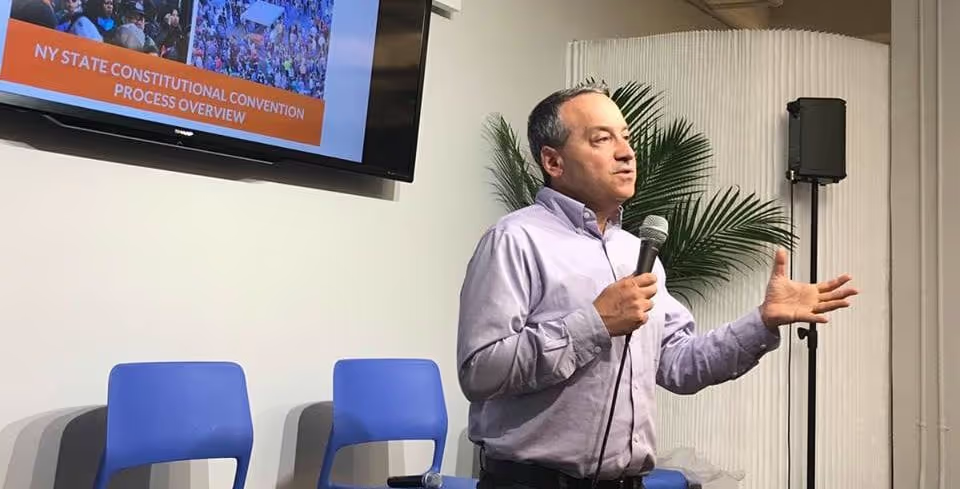
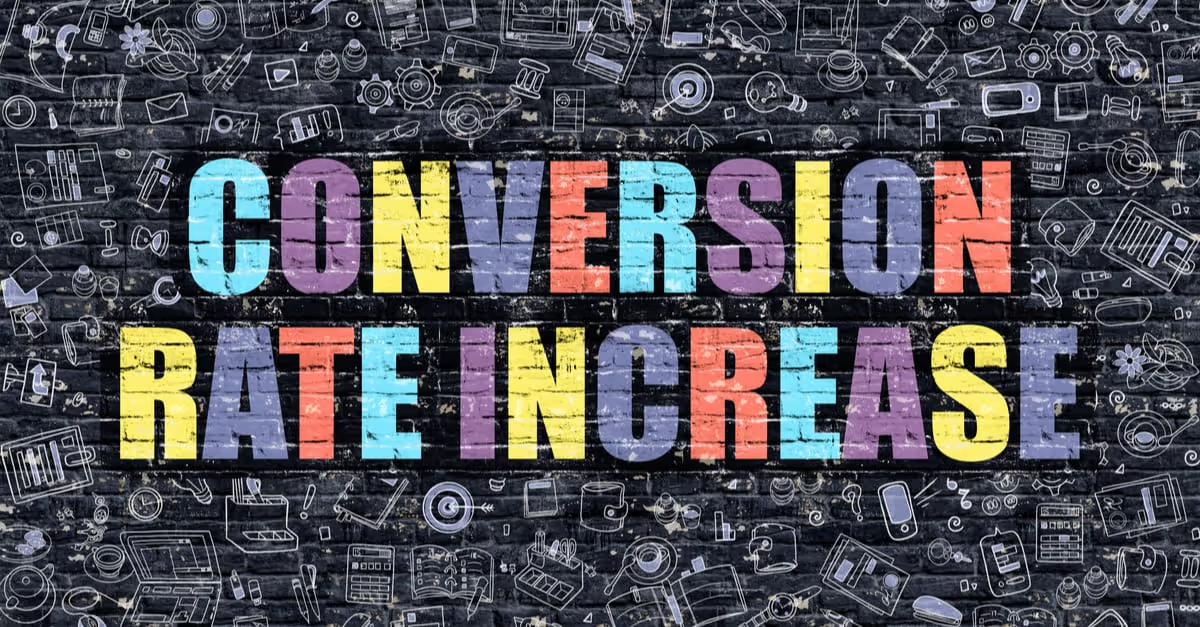
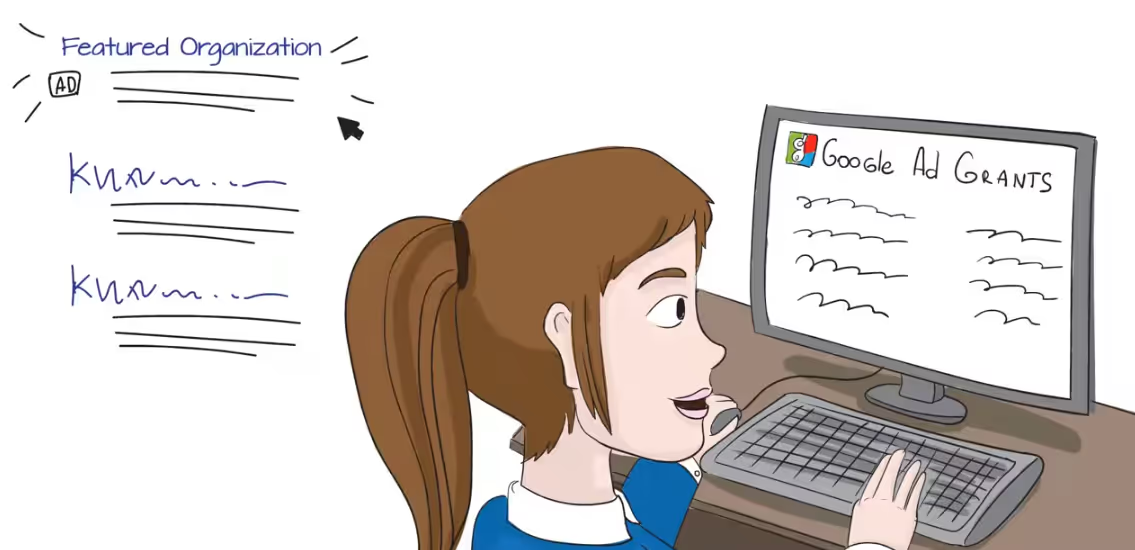





.svg)
.svg)
.svg)
.svg)